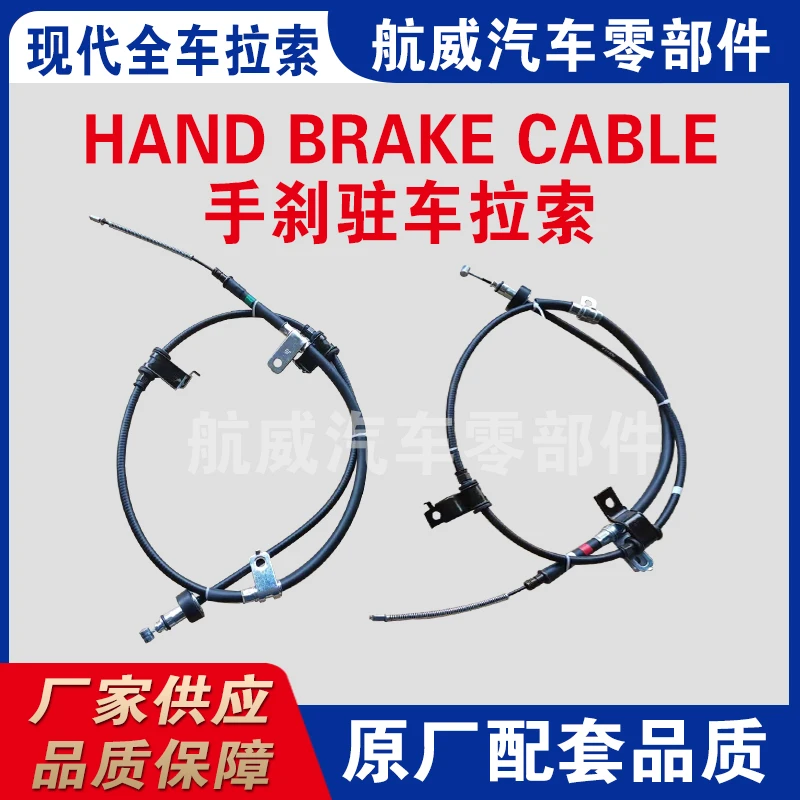throttle and clutch
Understanding Throttle and Clutch in Automotive Mechanics
In the realm of automotive mechanics, two essential components that play a significant role in vehicle control and performance are the throttle and the clutch. Both interfaces are crucial for the operation of manual transmission vehicles, enabling drivers to manage engine power and vehicle speed efficiently. Understanding how these components work together can enhance driving skills and provide insights into the overall mechanics of a vehicle.
Throttle The Power Controller
The throttle is a mechanism in the engine management system that regulates the power output from the engine to the wheels. It controls the amount of air and fuel mixture that enters the engine by modulating the intake valve through the accelerator pedal. In modern vehicles, the throttle is often electronic, known as the electronic throttle control (ETC), which uses sensors and actuators to provide a more responsive driving experience.
When a driver presses down on the accelerator pedal, the throttle opens wider, allowing more air-fuel mixture into the combustion chamber. This action increases the engine’s RPM (revolutions per minute), thereby producing more power. Conversely, releasing the accelerator pedal closes the throttle, reducing engine output and allowing the vehicle to decelerate.
Proper throttle management is crucial for smooth acceleration and fuel efficiency. For instance, excessive throttle input can lead to rapid acceleration, which might not be suitable for all driving conditions, especially on slippery surfaces. A skilled driver learns to modulate throttle application to ensure optimal traction and handling.
Clutch The Transition Mechanism
throttle and clutch

The clutch, on the other hand, is a device that engages and disengages the engine from the transmission. By doing so, it allows the driver to change gears smoothly without damaging the gearbox. In a manual transmission vehicle, the clutch pedal is generally located to the left of the brake pedal and operates the clutch mechanism through a hydraulic or cable linkage.
When the driver presses the clutch pedal, it disengages the clutch plate from the flywheel, which momentarily disconnects the engine from the wheels. This action enables the driver to shift gears. Once the desired gear is selected, gradually releasing the clutch pedal re-engages the clutch, allowing power to flow from the engine to the transmission and, consequently, to the wheels.
Mastering the use of the clutch is essential for any manual transmission driver. Smooth engagement and disengagement prevent stalling and allow for efficient gear shifts. Novice drivers often struggle with this balance, leading to jerky movements or engine stall. As experience grows, drivers learn to synchronize throttle and clutch movements for a seamless driving experience.
The Interplay Between Throttle and Clutch
The coordination between the throttle and the clutch is critical for effective vehicle control, especially during conditions such as starting from a stop, navigating hills, and managing slippery roads. For example, starting uphill requires gentle throttle input combined with careful clutch engagement to prevent stalling or rolling backward. Drivers can use a technique called “rev matching,” where the throttle is blipped (momentarily increased) during downshifts to match the engine speed with the wheel speed, resulting in a smoother transition.
In conclusion, the throttle and clutch are integral parts of a vehicle's drivetrain, each serving distinct but complementary roles. The throttle controls engine output, while the clutch manages the connection between the engine and the transmission. For drivers, mastering these components enhances not just their driving skills but also their understanding of vehicle dynamics. Whether it’s navigating busy city streets or cruising along a highway, a good grasp of throttle and clutch operation can lead to a more enjoyable and controlled driving experience. By honing these skills, drivers can maximize their vehicle's performance and maintain safety on the road.
-
Workings of Clutch Pipe and Hose SystemsNewsJun.04,2025
-
The Inner Workings of Hand Brake Cable SystemsNewsJun.04,2025
-
The Secrets of Throttle and Accelerator CablesNewsJun.04,2025
-
The Hidden Lifeline of Your Transmission Gear Shift CablesNewsJun.04,2025
-
Demystifying Gear Cables and Shift LinkagesNewsJun.04,2025
-
Decoding Clutch Line Systems A Comprehensive GuideNewsJun.04,2025
